Air and space museum of Le Bourget
The Museum at Le Bourget is the largest aviation museum in France and one of the largest in the world. It is on the territory of Le Bourget airport, most parts are stored indoors but some aircrafts are exposed outside on the tarmac.
Founded in 1919 on a proposal of Albert Caquot, the collection begins to grow in a hangar at Issy-les-Moulineaux. Then the collection moves to other warehouses in the Paris region (Chalais-Meudon and in the 15th arrondissement). It was not until 1975 that the museum finally moved to Le Bourget airport.
The museum has been containing a large collection of aircraft since the early days of aviation to nowadays. But what interests us here is aerospace. A huge hall is dedicated to the space exploration, there are French objects (like the first French rockets) and many Soviet satellites.
The space lobby:
Firsts Frenches probing rockets, rocket Aries, Centaur, Dragon and Ruby, and the nose cone of a Ruby rocket.
The first 3 are solid-propellant rockets, built from standard components manufactured in series which increase the safety and reliability of these launchers. These rockets were launched from Argentina, Norway, Terre Adelie and the Kerguelen Islands for scientific research into the upper atmosphere. It was not until the early 70′s that the priority will be given to satellite launchers.
The gemstones family. In the late 50′s France acquires the nuclear force. Part of the launches shall be provided by rockets, which is why society SEREB (society for the study and realization of ballistic missiles) is created to build these new launchers, gemstones.
On November 26, 1965, Diamant A rocket, made from propulsion stages developed under this project put the first French satellite into orbit A1 (also named Asterix).
Diamond A rocket. The Diamond rocket program is the result of the « Gems » that would allow France to have a national space launch vehicle.
On 26 November 1965, the Diamond rocket launched from the Algerian base of Hammaguir, put into orbit the first French satellite weighing 39 kg and named Asterix A1, which qualify the rocket. Three successive versions of the Diamond rocket were developed, designated A, B and BP4. All versions have three stages and a payload of 150 kg to an orbit of 200 km.
Twelve launches were held between 1965 and 1975, three were failures. The first three launches were made from the Joint Center for Testing Special Devices in Algeria, followed by the Guiana Space Center in Kourou, French Guiana.
Tailpipe of the second stage of the rocket Diamond A.
Satellites Castor and Pollux. These two satellites have been developed for studying the functioning of embedded systems.
Diadem-1 satellite. The satellite was equipped with a clock and a laser instrument to perform experiments in space geodesy.
Model of a launch base.
Construction of rockets by young students, supervised by CNES.
Satellite Elektron-1 and 2 launched on January 24, 1964.
Intercosmos satellite launched in April 1967 within the international cooperation between the friends Socialists countries.
Prognoz-2 launched 29 June 1972 to study solar activity.
Molniya-1, the first successful launch took place April 23, 1965. It is a military communications satellite.
French ICBM.
Symphony-1, launched December 1, 1974, is a Germano-French communication satellite.
Oryol, launched December 27, 1971, was launched to study the aurora borealis.
Venera probes, 2 pictures of the orbiter, the third is the lander (Venera-7). Venera program began in 1961 ending in 1984.
Lunar probe equipped with a lander. The first probe of the program to achieve a soft landing was Luna 9 (February 3, 1966).
Lunar exploration rover, Lunakhod-1, launched 10 November 1970, he landed on the Moon on November 15, 1970. His mission lasted 322 days during which he traveled 10.5 km and sent more than 20,000 TV images and 206 high-resolution panoramas.
Eugene Cernan (Apollo17 mission) Lunar spacesuit commander of the last lunar mission.
Various rockets models.
Russian rockets: Soyuz, Proton, Zenit.
Japanese rockets.
American rockets.
Ariane 4, Ariane-5 and Energia-Buran with the Shuttle.
Full size mock-up of the Vostok-1 spacecraft, the first spaceship.
Sokol-KV2 spacesuit of Jean-Loup Chretien for his first flight on June 24, 1982 Soyuz-T6/Saliout-7.
Mock-up of the Salyut-7 station with a Soyuz spacecraft and Progress cargo stowed.
Descent capsule of the Soyuz T-6.
Different spacesuits. Spacesuits for extra-vehicular activity Orlan (Russian), 2 intra-vehicular activity spacesuits (Russian). Spacesuit for extra-vehicular activity (American).
Different sets of food.
CNES experience Mephisto. The MSL is a « high temperature space oven » designed to liquefy and re-solidifying metal alloys in microgravity environment. The instrument is operated from the U.S. module Destiny of the International Space Station (ISS).
Engine of Lunar Exploration Module (LEM).
Full size mocks-up of Ariane-4 and Ariane-5 rockets.
The rest of the museum is devoted to aviation since its beginning. It is not the subject of this site but I show you some pictures of Concorde, the Mirage and a model of V1.
The museum has 2 Concorde stored in a special hall. There is the test model 001 which flew for the first time on March 2, 1969 and the model identified F-BTSD.
The Mirage 4000. Single copy built by Dassault Aviation in the late 70′s, this innovative aircraft wasn’t build in series due to lack of funding.
The legendary V1 or FZG 76 (from the German Flak Ziel Gerät 76) designed by Robert Fieseler Lusser society. Unmanned flying bomb developed during WWII by the Germans, the balance of this weapon is mitigated because the human and material damages inflicted were limited, but the psychological impact of this kind of bombardment was its real asset.
Comments
|
Comment
from
choppin
|
Bravo et merci pour toutes ces informations passionnantes. Ainsi que pour les photographies!


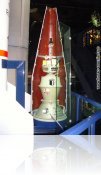
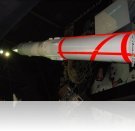
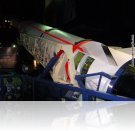
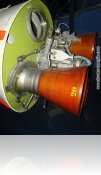
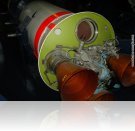
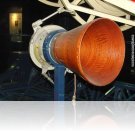
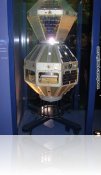
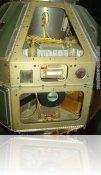
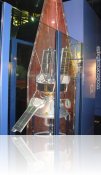
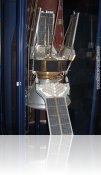
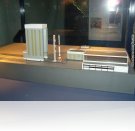
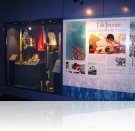
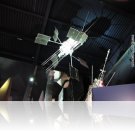
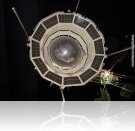
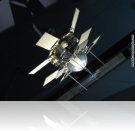
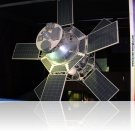
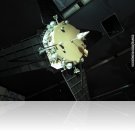
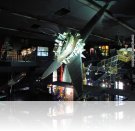
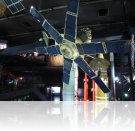
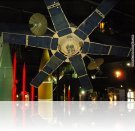

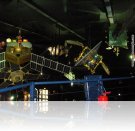
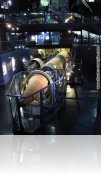
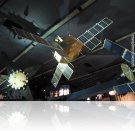
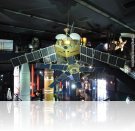
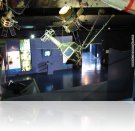
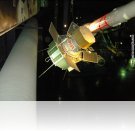
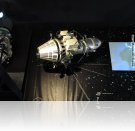
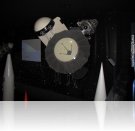
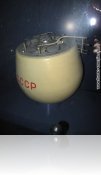
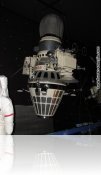
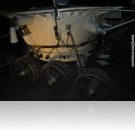
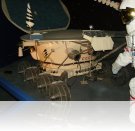
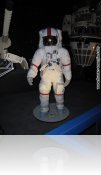
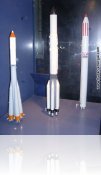
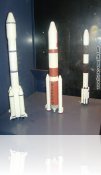
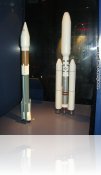
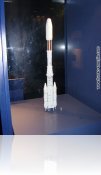
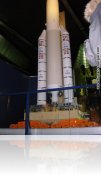
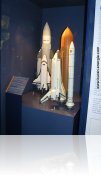

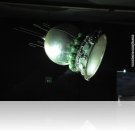
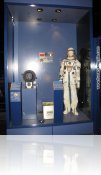

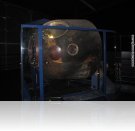
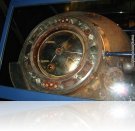
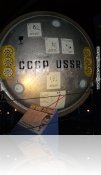
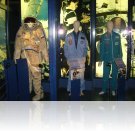
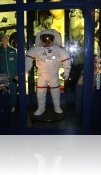
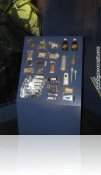
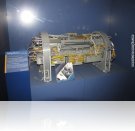
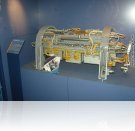
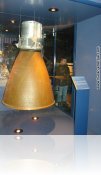


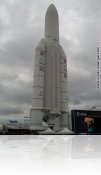
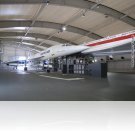
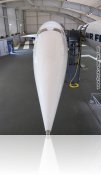
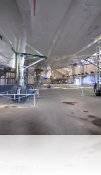
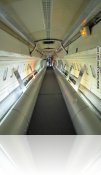
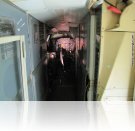
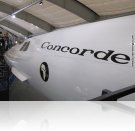
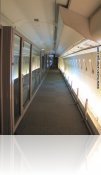
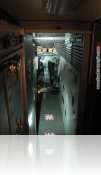
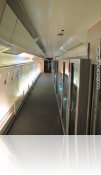
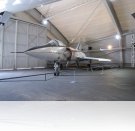
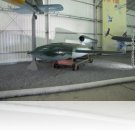
Write a comment